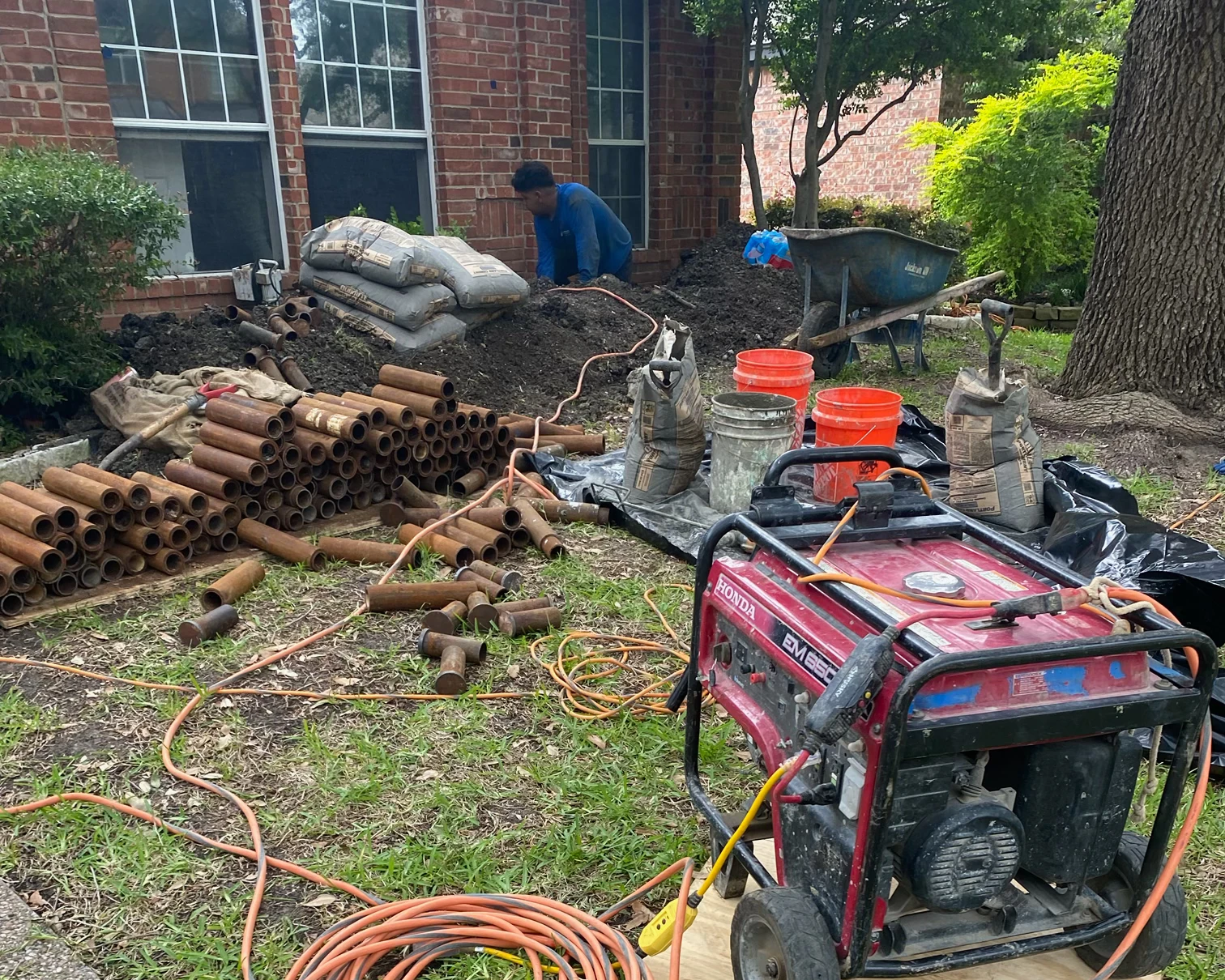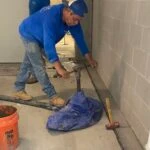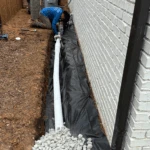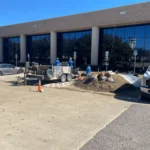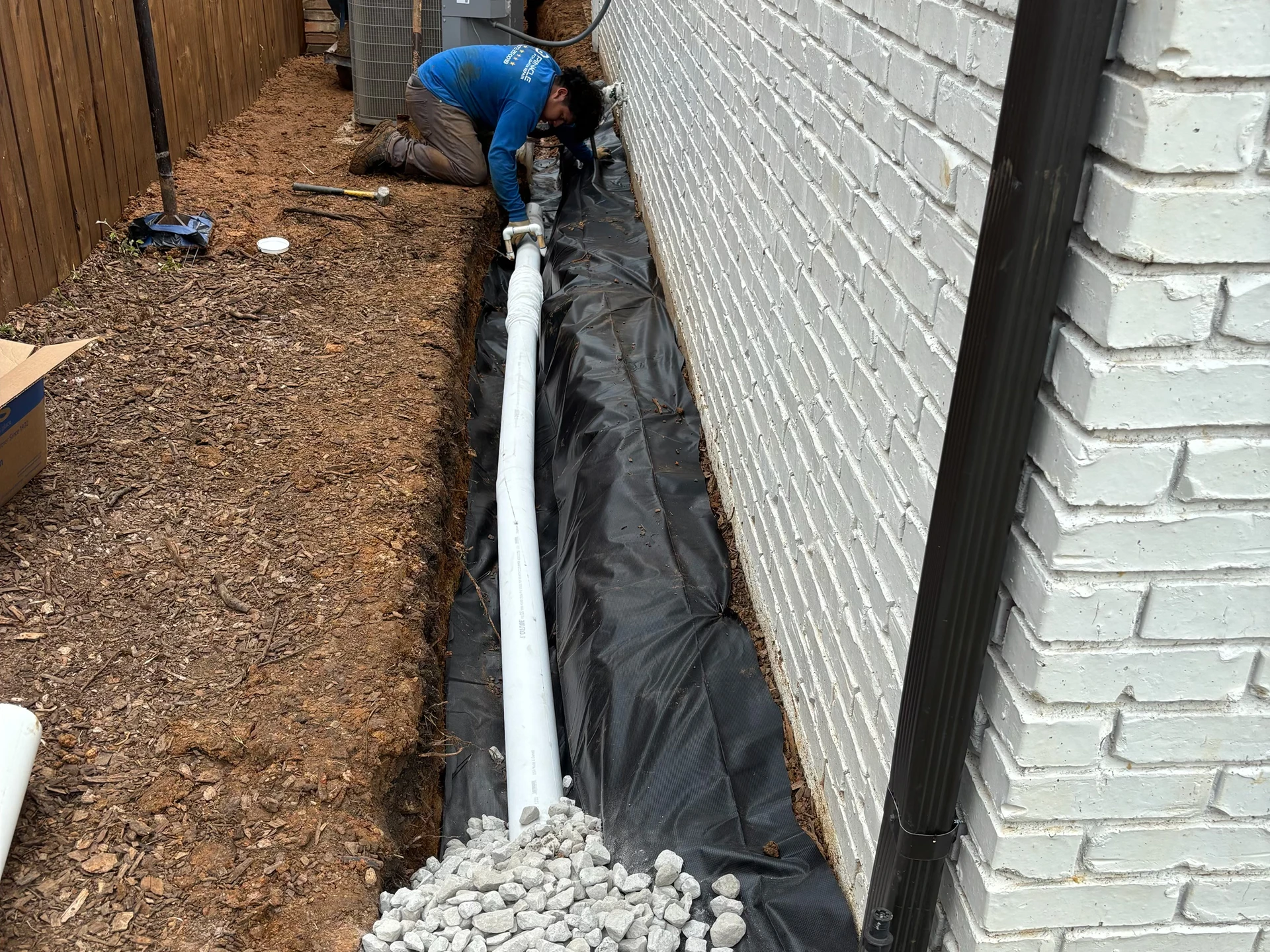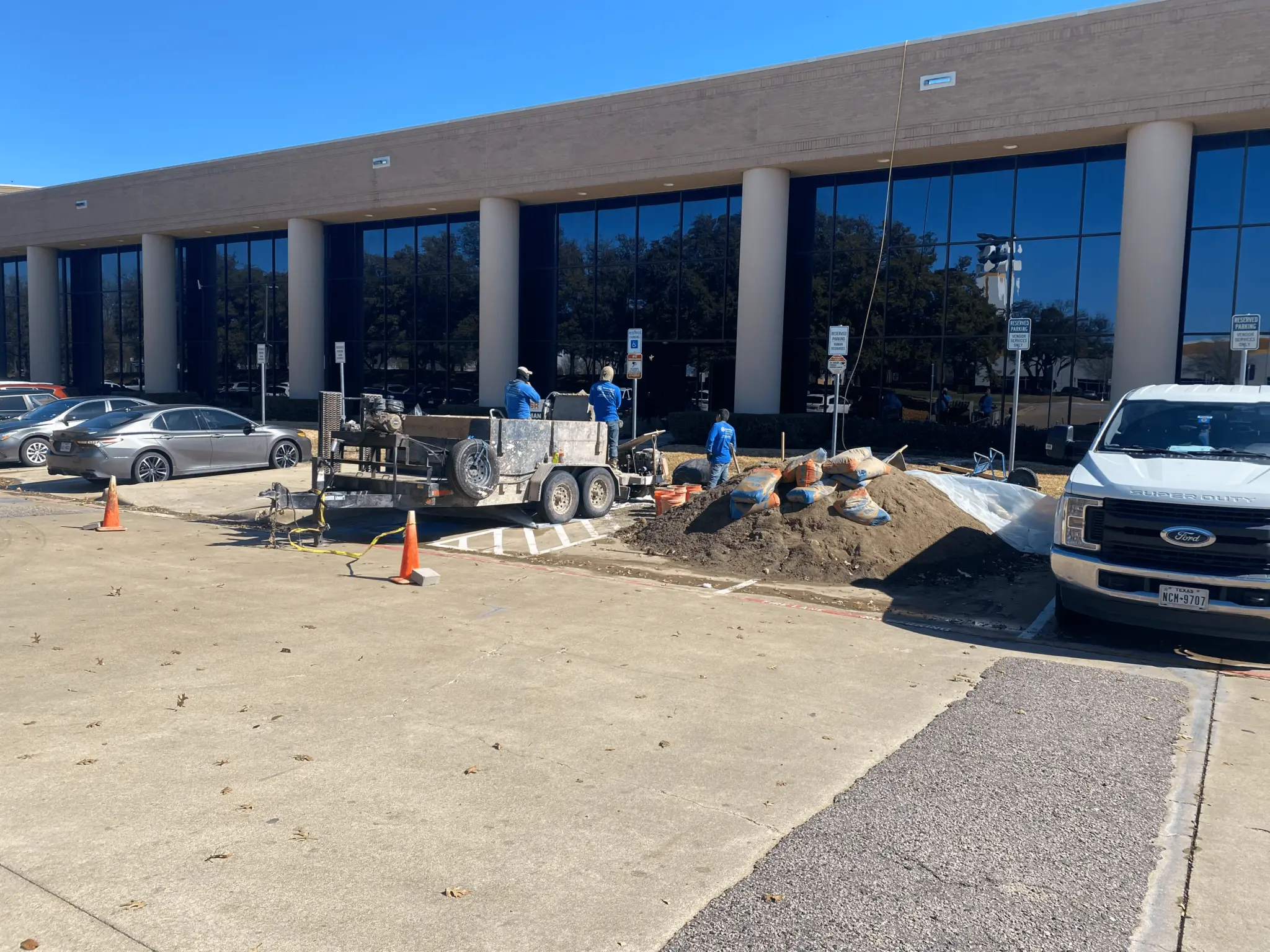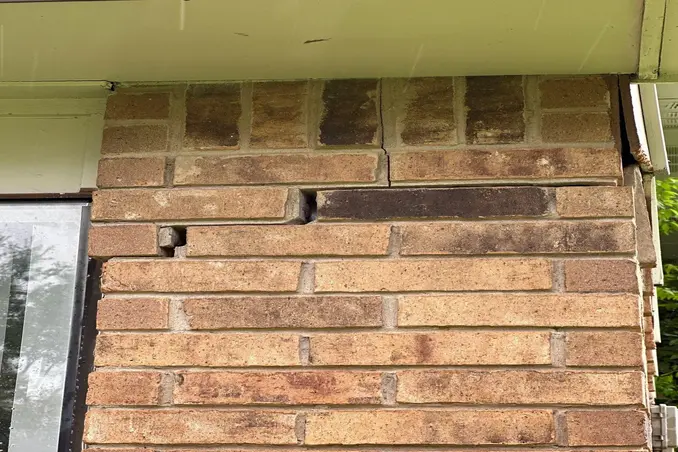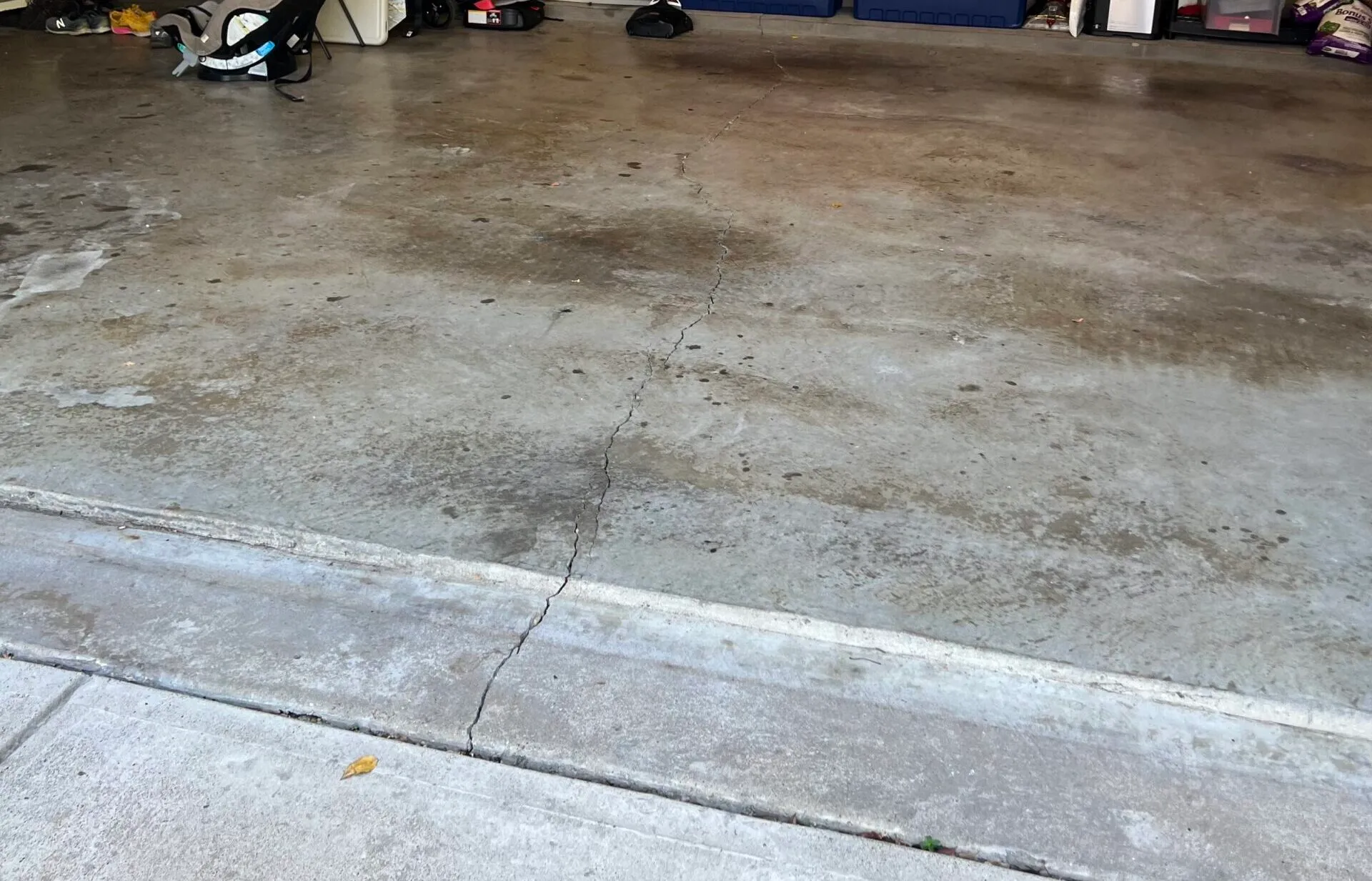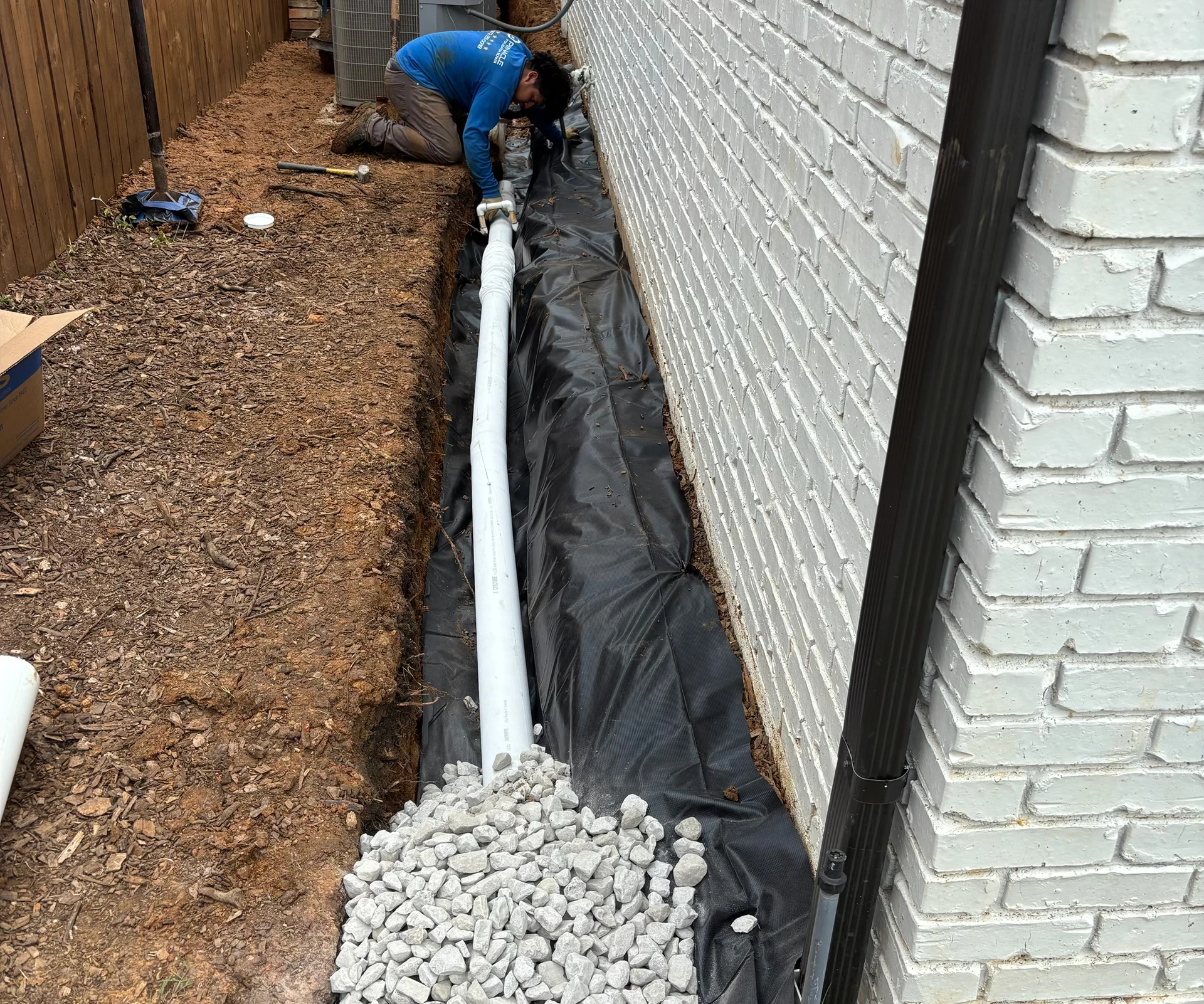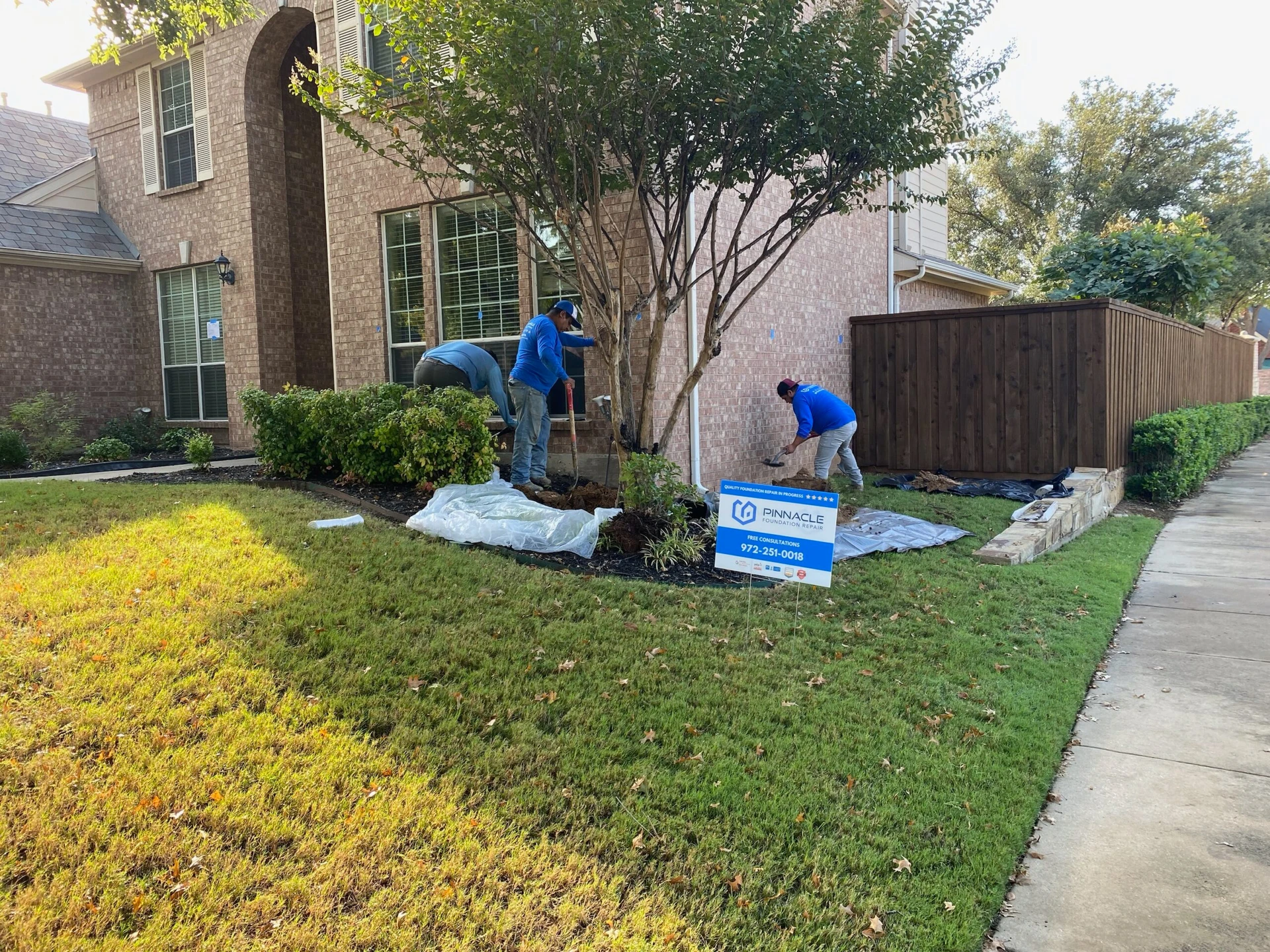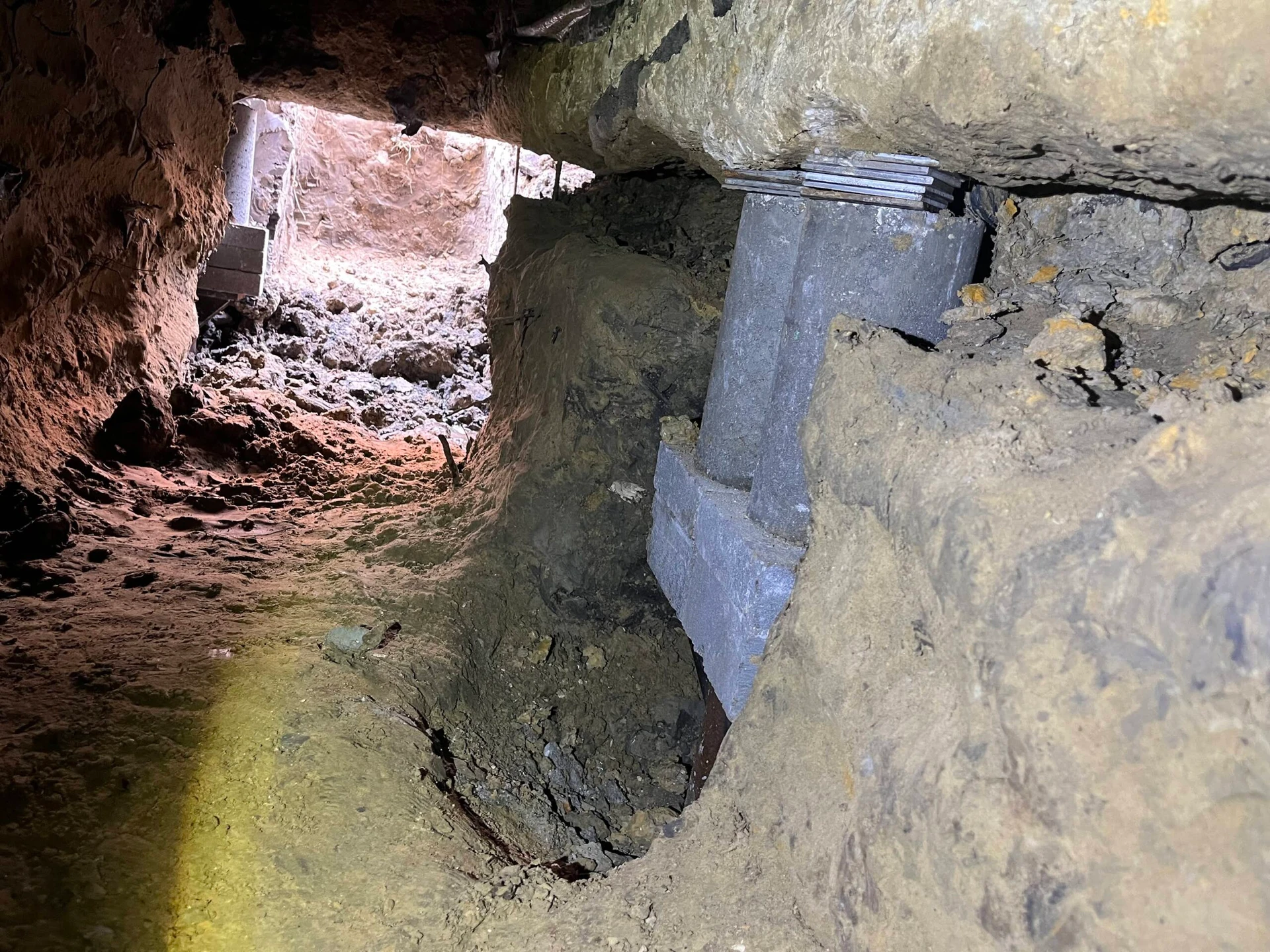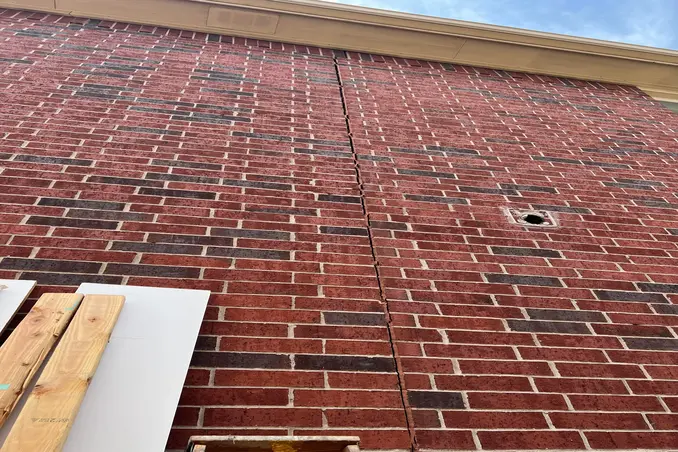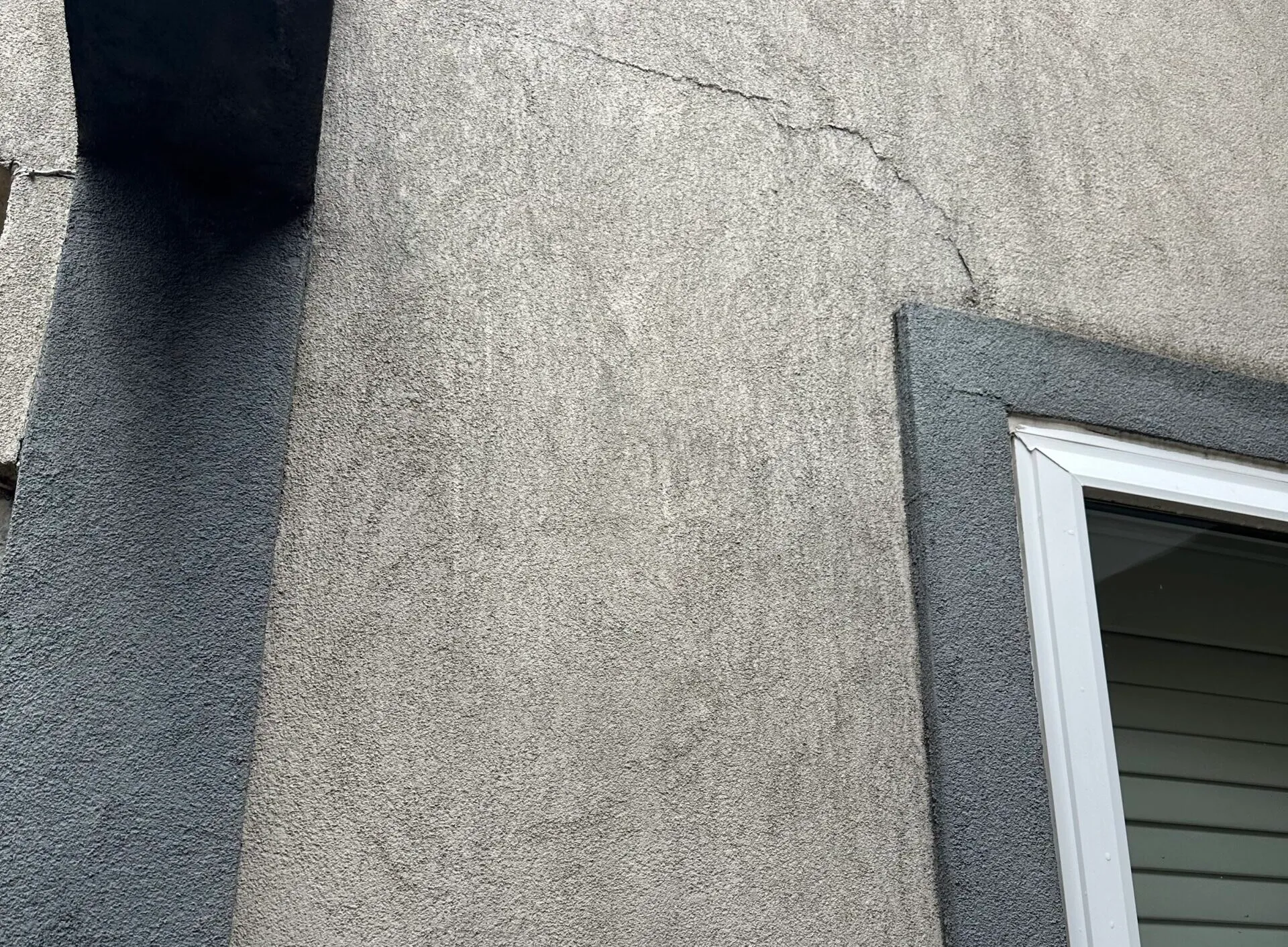You might think of the ocean when you hear the term pier, but it’s also used to refer to one of the best solutions for repairing a damaged foundation. Foundation piers are easier to install than other repair methods and provide strong stabilization that lasts many years without further work. However, they won’t work in all situations. Understanding the pros and cons of choosing foundation piers will help you decide between this repair method and your other options.
How Do Foundation Piers Work?
The process of repairing your home with this solution is known as foundation piering. Piering your home gives you a chance to drive supports down to a stable level of soil and bedrock rather than relying on the shifting or unstable soil under your foundation. Sometimes it’s called underpinning instead. No matter what it’s called, the piers are quick to install and require a lot less excavation and disruption than other foundation repair options.
However, you can’t fix every foundation problem with this repair method. It works best for foundations where subsidence is an issue. It is common in Texas thanks to the clay-rich soils. Freezing temperatures cause the soil to expand, and then spring warmth reverses the frost-heaving process and leaves voids under your foundation. The two types of piers also vary in the situations they perform best. As long as they’re installed correctly and matched to the cause of the foundation damage, it’s one of the best repair options for your home.
Your Options for Repair Piers
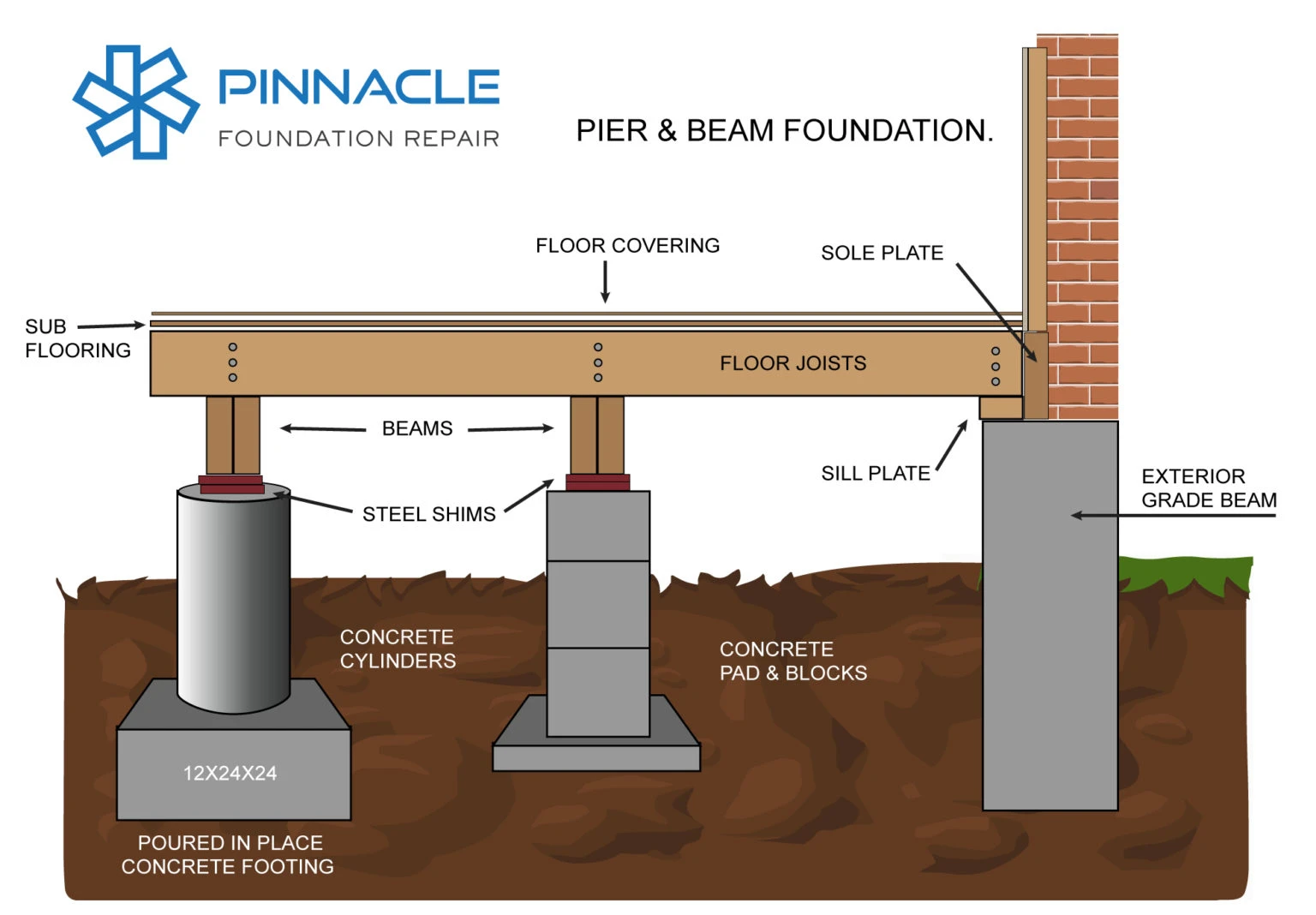
The two main materials used for foundation piers are steel and concrete. Concrete piers are used for more shallow installations, while steel is necessary for installations that reach down to the bedrock. These piers also come in a number of formats depending on how they’re installed.
Concrete piers are generally drilled and inserted about 12 feet deep. They spread the weight over the home over a larger area to prevent shifting and settling. However, they can’t support the weight of larger homes and have less of an effect on future soil shifting.
Steel piers tend to take two different forms. Push piers are quickly inserted deep in the soil with minimal drilling and sometimes reinforced with concrete, but they rely on the weight of the home to push them down to a more supportive layer. Helical piers grip into the soil due to their design, resulting in a secure repair no matter the size or weight of the home. Yet, they work better in sandy soils rather than clay.
Slab piers are the only option for supporting poured slab foundations and require the most extensive installation process. Steel piers are still driven into the ground, but the repair company has to attach brackets to the bottom of the concrete slab to spread the support across the structure to prevent cracking.
What Repairs Do Foundation Piers Work Best For?
Foundations damaged by soil that has shifted, washed away, or compacted over time benefit from this kind of repair. It’s best to invest in piers relatively early after noticing subsidence because they can only lift the home so much. You may need other repairs to close up cracks or damage to the foundation, but in many cases, piers are all that’s necessary to stabilize the structure and prevent further damage. Only a professional inspection can determine if this is a good fit for your home. It’s not always easy to tell from the surface what’s going on underneath a layer of concrete, so you should let the repair team advise you on whether this is the right repair for you or not.
How Long Do Foundation Piers Last?
When installed properly, concrete piers tend to last at least 50 years. That means they’ll outlast the lifespan of many residential homes and won’t need replacement during the lifespan of the current owner, either. Steel piers last 75 years or more, with some installations expected to last more than a century. That means you won’t need to worry about further foundation repairs for many decades to come.
Benefits of Piers for Foundation Repair
- Piers immediately stabilize your home’s structure and close up cracks and other issues as soon as they’re in place.
- Most underpinning installation processes are quick, relatively non-invasive, and produce less loose dirt and mud than other options.
- There are multiple types of foundation piers to fit different situations, including both concrete and steel materials.
- These repair devices work for most homes, including heavy structures and those built over a slab foundation.
- The piers are reinforced with rebar, high-strength concrete, and other materials to help them last as long as possible.
Situations When Foundation Piers Might Not Work
If there is an unaddressed soil compaction or drainage issue, foundation piers alone won’t necessarily fix the problem. The same is also true if the foundation has shifted or sunk enough to lead to severe damage to the footings and beams. Unstable soil conditions deep under the home make it hard to secure the structure with piers alone. When complications make foundation piers an insufficient choice for foundation repair, you still have other options to count on for stability and safety.
Signs You Need a Repair Like Pier Installation

Watching for early signs of trouble with your home’s foundation is the best way to time your pier installation to prevent any further damage. Warning signs of soil subsidence and foundation damage include:
- Trouble opening doors and windows that used to swing or slide freely
- Visible cracks where the walls meet the ceiling, along door and window frames, and in basement or crawlspace walls
- Gaps that are visible or obviously widening, including where interior walls meet the ceiling or floor
- Dips and sags in floors, especially if they can’t be attributed to wear or the flooring itself
- Chimneys that detach from the home or lean away from it.
There’s no need to wonder if you need foundation repairs or if piers are the right choice for your Texas home. Schedule a free evaluation today from Pinnacle Foundation Repair.

